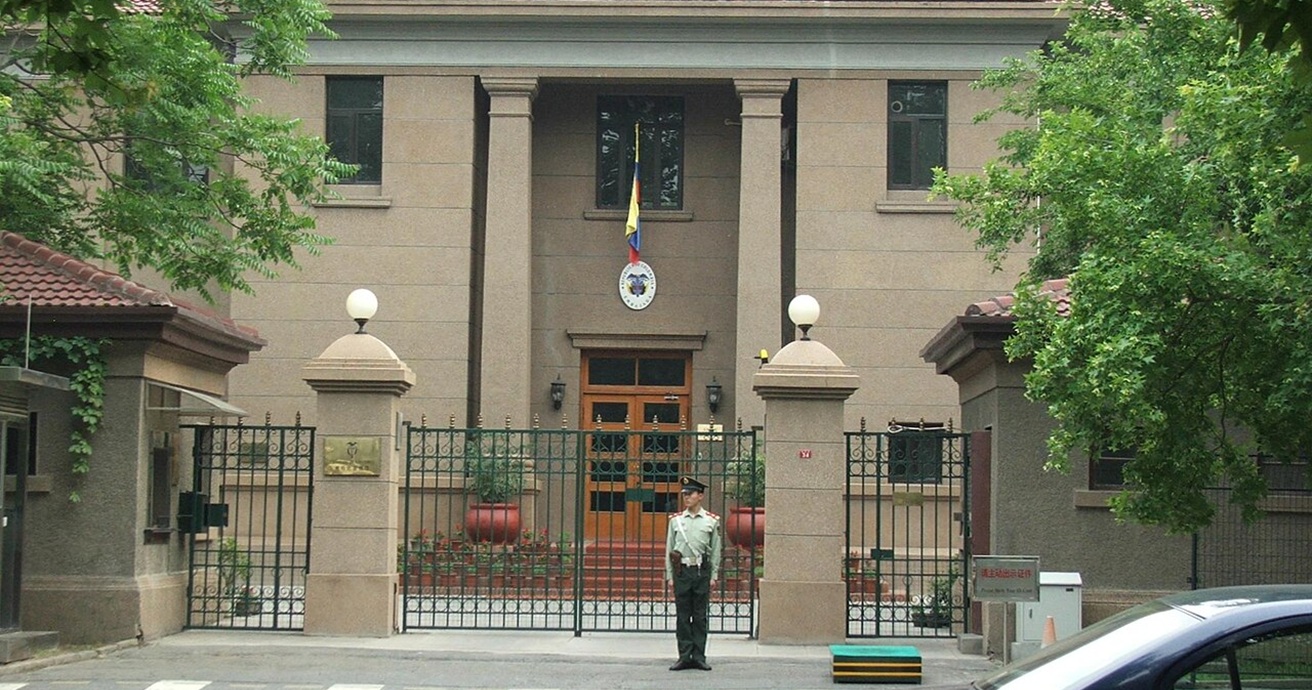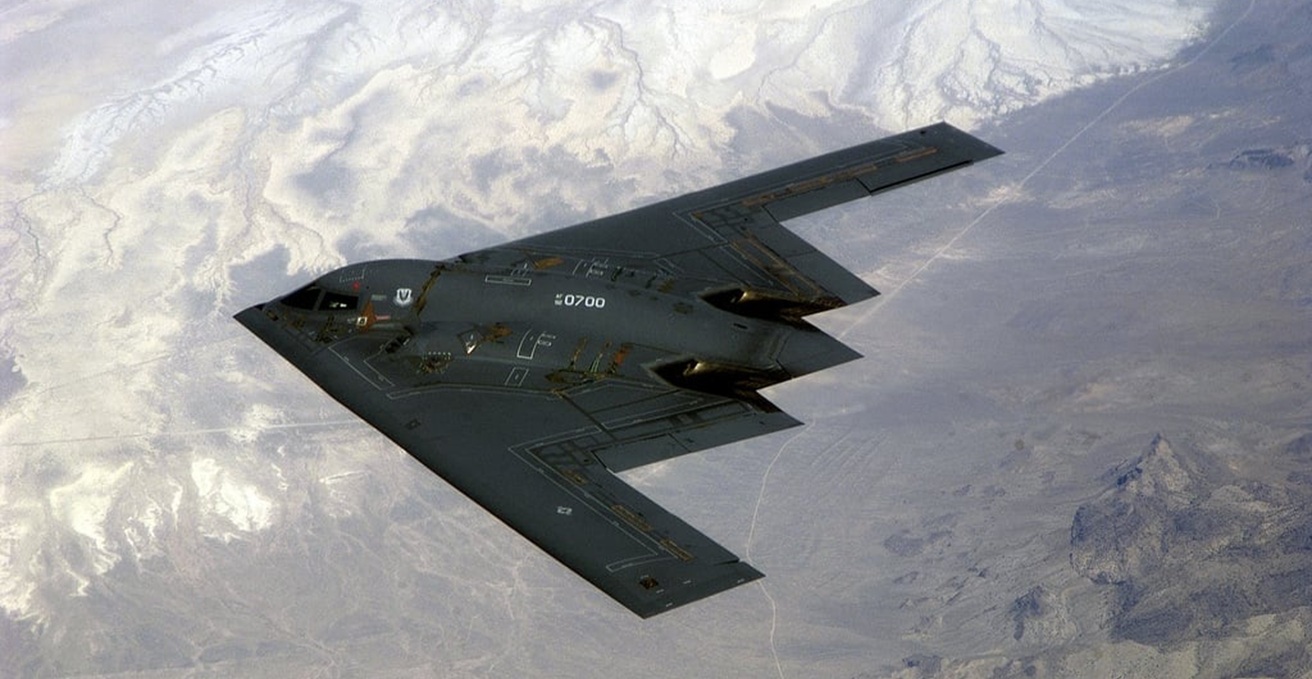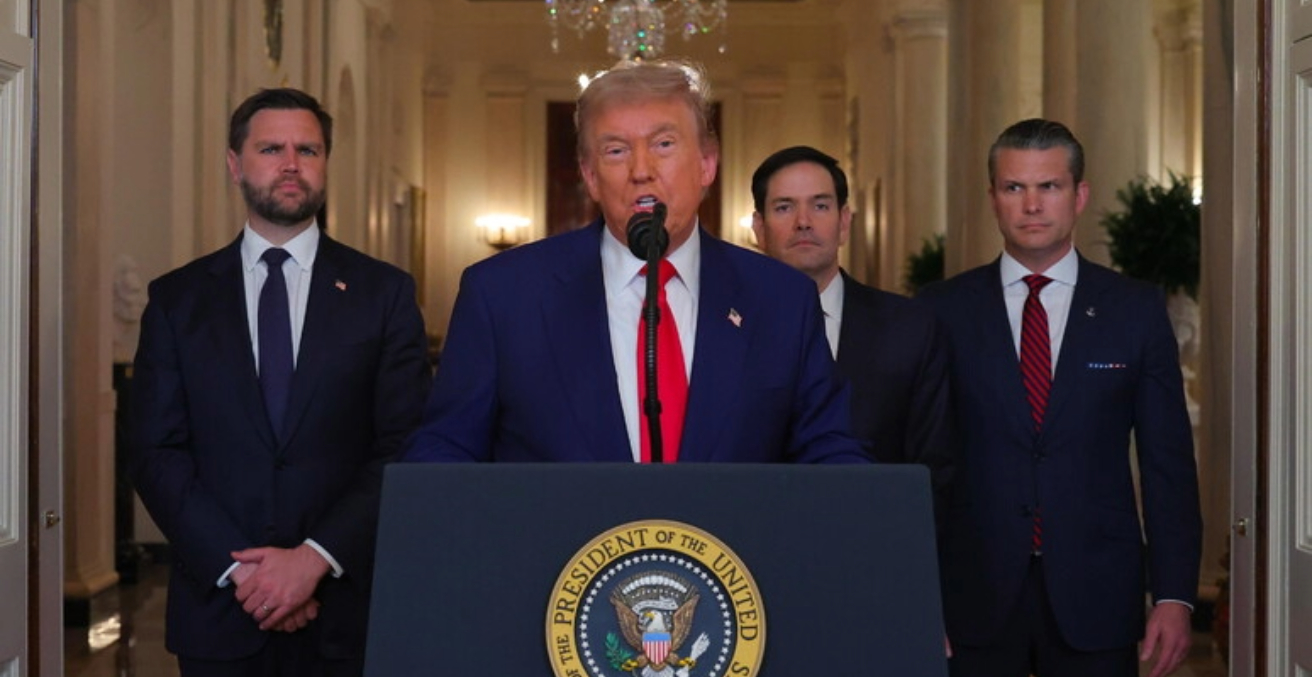There is an arms race developing between the United States and China. But this race is not about kinds of capabilities or the amount of them. Instead, the race centres on supporting and developing indigenous commercial space industries through which each state gains strategic advantages.
The most significant shift in the space domain in the 21st century has been the emergence of a strong and powerful commercial space industry. While private companies have always been involved in space endeavours, they typically did so under the auspices of government direction and control. Today, this model has been flipped, with commercial space companies investing in, researching, developing, and operating space capabilities that are then sold as services to state and non-state actors alike.
In fact, commercial companies offer so much military potential that there has been a distinct trend, at least in the United States, of the military increasingly depending on commercial space services, especially in the areas of space launch, communications, and intelligence, surveillance, and reconnaissance (ISR). Given the benefits the commercial space industry offers—reduced cost, increased pace of innovation, unique capabilities—this is to be expected. Some authors argue that this is a positive development that signals benign intention and reduces any competitive pressure between and among states. However, I argue the increasing dependence of the US military on commercial space does not mitigate security dilemmas; it only moves it from the military realm to the commercial one.
Commercial space security dilemma
There is an arms race developing between the United States and China. But this race is not about kinds of capabilities or the amount of them. Instead, the race centres on supporting and developing indigenous commercial space industries through which each state gains strategic advantages.
The US (and other countries) has seen remarkable strategic advantages because of commercial space capabilities. The cost of space launch has drastically decreased, making it cheaper and easier to get to space. Images from commercial remote sensing systems have allowed the US to publicise bad actors without divulging classified sources and methods. These same images are also able to be provided to countries such as Ukraine who have used them to their own strategic advantage in the fight against Russia. Commercial satellite communication systems like Starlink have increased state capacity and capability (for example in Ukraine), and increased resilience and redundancy. Starlink’s sister system, the military focused Starshield, allows for rapid iteration and deployment of military specific capabilities.
Seeing the impact of the US’s commercial space sector, China has similarly worked to build up its own space companies. In 2014, support for, and encouragement of, a commercial space industry was made official government policy. This has been followed by a rapid increase in the number of “commercial” space companies in China. To be sure, just how “commercial,”—i.e., not state-supported or state-run—these companies are is in dispute. The limited insight we have on the Chinese commercial space sector suggests that many of these companies are either state-owned enterprises or have strong government connections. That being said, these companies have in turn begun to develop commercial systems like those offered by US space companies, including launch (along with reusable launch vehicles), communications, and ISR.
It is this reaction that is most intriguing. Given China’s military-civil fusion and state-directed economy, China does not necessarily need to encourage a domestic commercial space industry. That they have chosen to do so and do so for many of the same reasons the US has is perhaps the strongest evidence for an emerging security dilemma. In other words, China sees the US gaining advantage from commercial space, has recognised that as a threat, and moved to counteract that advantage by encouraging a Chinese commercial space industry.
Good news and bad news
Bad news first. At its heart, the security dilemma is motivated by uncertainty, in particular uncertainty about a state’s intentions. This uncertainty is only heightened in space. First, the physical distance and difference between space and other domains is at play. Second, this makes attribution difficult (did the satellite malfunction because of a micrometeoroid, mechanical failure, or an attack?), along with discerning intent of a state’s actions (is the satellite moving closer to attack or just passing by on its way to a different orbit?). Finally, the dual use nature of many space systems adds to the uncertainty, along with the uncertainty of who is actually using a commercial system at any particular time. The US may claim that it is not actively using Starlink, but will China believe them? We know that China sees SpaceX and its Starlink system as government actors; China is unlikely to make a commercial-government distinction generally.
Making this even more difficult to disentangle is the state of the commercial space industry itself. Even though many space companies market their services to non-government customers, the reality is that, in the US, the government constitutes the vast majority of the space market. This makes it difficult for companies to turn down government money, further blurring the lines between commercial, non-government, and government.
Though these factors may enhance the arms race dynamics in this rush to commercial arms, there is some good news. An arms race that seeks to build up industry may inherently be better than one that builds up arms, either qualitatively or quantitatively. There are spin-off benefits of a commercial arms race including increased economic activity and value, technological innovations, and civilian and scientific benefits that are not necessarily seen when we focus solely on weapons. Further, the US (and the West more generally) are arguably in a better place to succeed in such a contest given the capitalist market dynamics that encourage commercial development, a framework that China generally lacks.
Still, we must be careful as the commercial space industry continues to develop to not put commercial companies at so much risk that they might become unwilling to have government customers. While that is not so much of a concern now, that may become important as the commercial space market grows beyond government dominance. We also must consider the potential for companies to be deterred—Elon Musk’s own statements suggest that conversations with Russia and Vladimir Putin may have directly contributed to his decision to limit the use of Starlink in Ukraine. Empowering commercial companies and their leaders, so much so that they in turn can have independent strategic effect, needs to be both remembered and considered.
Seeing the race to build up commercial space industries through the lens of a security dilemma helps to clarify the kind of competition between the US and China along with the potential drivers and consequences. It also helps to show how competition can drive innovation and improvement, not just among companies within an industry, but across the world. In an era where great power competition appears here to stay, this might be one area in which we can find significant societal benefit.
Dr Wendy N. Whitman Cobb is a Professor of Strategy and Security Studies at the School of Advanced Air and Space Studies (SAASS). Dr Whitman Cobb received a BA and MA from the University of Central Florida. Her research focuses on the political and institutional dynamics of space policy, public opinion of space exploration, and the influence of commerce on potential space conflict.
This article is published under a Creative Commons License and may be republished with attribution.




